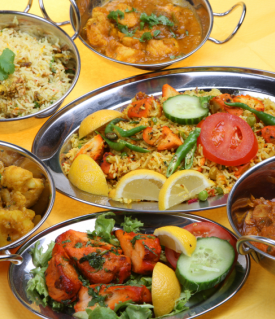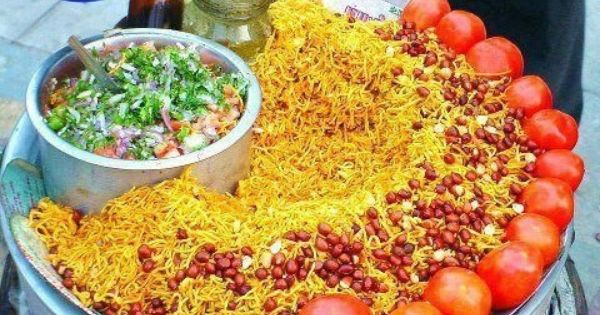History
After the demise of British Empire in 1947, Bengal was partitioned as a province of West Pakistan with being renamed as East Pakistan. Dhaka was declared as its capital. Despite of adequate resources and demographic weight of East Pakistan, the entire Pakistan's government and military was largely dominated by the upper classes from the west.
The government of Pakistan — dominated largely by the west — declared Urdu as the only official language of the entire Pakistan which triggered a massive dissatisfaction among the people of the east. On 21 February, 1952, Bengali students in East Pakistan rose up for the mother tongue and protested against this decision. As police open fired to their possession, several students died for defending their language. The glorified sacrifice of these martyrs is now observed not only in Bangladesh but also all over the world as International Mother Language Day.
Language
The official language of Bangladesh is Bangla (or, Bengali). Dated even before the birth of Christ, Bangla was widely spoken in this region, and now spoken by more than 200 million people all over the world. It has a various dialects with different accents, pronunciations and minor grammatical changes in different region in Bangladesh. Based on usage, Bangla is divided in two forms: sadhu bhasha (formal language) and cholito bhasha (common language).
If opting for second language, most Bangladeshi people chose English as they have practical efficiency in English and its interactive usage in common situation. Apart from our official language, there are a significant number of tribal languages are spoken by the tribes of Bangladesh. The major and well-known tribal languages are Garo, Khashia, Magh, Manipuri, Munda, Chakma, Tipra etc.
Geography
Bangladesh is a “Land of Stories”. Everything of this land tells a story; a story of Bangladeshi people and their heart. Not only the livelihood of Bangladeshi people is deeply rooted in this land, but also their life is deeply incorporated in this lands.

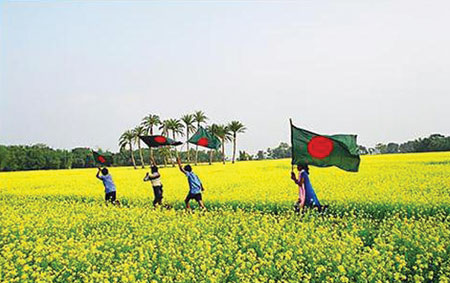

This country has a very fertile alluvial soil which gives the country abundant crops every year. These lands are like our parents, our eternal guardian who take cares of us, nurture us with providing our primitive needs.



Bangladesh is called the land of rivers. As a riverine country, about 700 rivers including tributaries flow through the country in which the souls and livelihood of Bangladeshi people are strongly connected. Like so many songs and poems — which are written specially to celebrate these rivers — the majestically curvy banks or the turbulent tide of Bangladeshi rivers give the people hope and an excitement to live the best out of it. Apart from these rivers, the country also have plenty of haors, baor, jheel, beel which strengthens our relation with more affection.
Religion
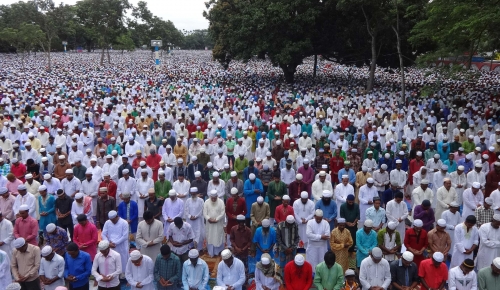

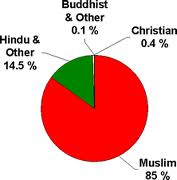
In the matter of faith and belief, the majority of Bangladeshi population is Muslims. The remaining population is consisted of Hindus, Buddhists, Christians, and others. Even though religion is one the major thing that constitutes human identity, in Bangladesh, there exists no boundary between the people of various religions. In happiness, sadness, or even celebration, we live here like the perpetual siblings of a common motherland. With some powerful Islamic architectural heritage, Muslims in Bangladesh are unique for their peaceful values and devotions.
A century old traditional root and continuing faith is still keeping the Hindu culture and ritual in Bangladesh as unique as the neighboring country. The age old background of Buddhism in Bangladesh is clearly noticeable in many of our archeological wonders. But the ritualistic practice of Buddhism is still intact and as astonishing as many other countries. Even though, the era of Christianity in Bangladesh started during the late sixteenth to early seventeenth century, the union and togetherness of Bangladeshi Christian population is well-built; not to mention about the togetherness as one nation is unbroken.
Culture

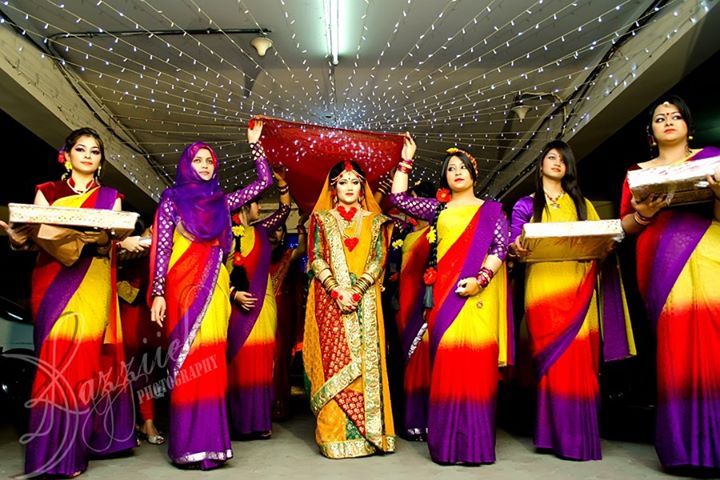

Bangladesh has a rich and diverse culture which is reflected in the architecture, culture, literature, music, painting, clothing, discourse etc. Even in this era of rock ‘n’ roll, Bangladeshi culture is still being cherished and respected by the people of all over the world. Even the culture of the tribes is rich and diverse too. Clothing, one of the most important aspect of the culture of Bangladesh, defines the Bangladeshi people very skillfully. Saree — a finely embroidered cloth worn by the Bangladeshi woman and made by the skilled hands of Bangladeshi artisans — is now a global fashion trend. Festivals, held throughout the year with great zeal and zest, play a significant role in our culture. Some festivals are so intensely rooted in our cultural and social base that they are still being continued after centuries. Some festivals are based on social and political significances with marking our communal and national value, some are religious, and some are even observed seasonally. Bangladeshi people have so many reasons to cheer their life and soul. This is why this land is called the Land of Festivals.
Food


